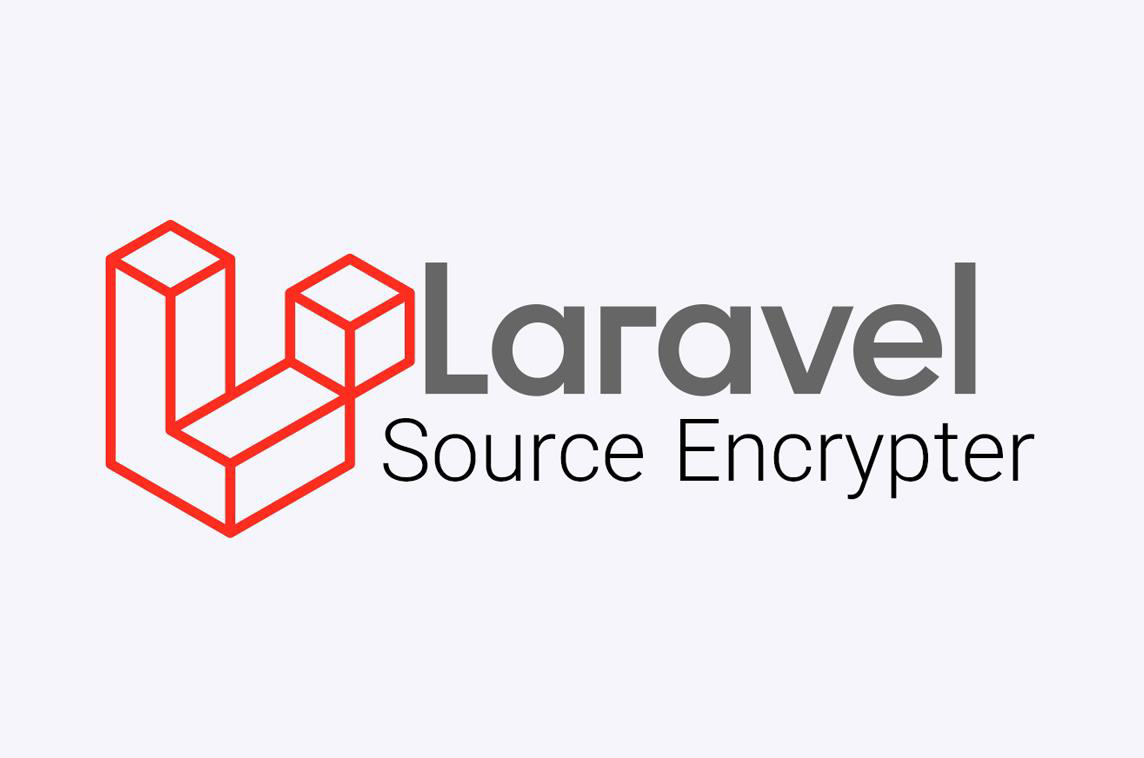In today’s digital era, securing your application code is crucial. Encrypting your source code adds an additional layer of security, making it difficult for unauthorized users to understand or tamper with it.
In this blog post, we’ll walk through the process of encrypting and decrypting source code files in a Laravel application using custom Artisan commands.
Why Encrypt Source Code?
Encrypting your source code can help protect it from unauthorized access and potential threats. It ensures that even if someone gains access to your server or repository, they won’t be able to read the code without decrypting it first.
Prerequisites
- Before we get started, ensure you have the following:
- A Laravel application set up.
- Basic knowledge of Laravel Artisan commands.
- Composer installed on your system.
How to Implement Laravel Source Encrypter
Implementing Laravel Source Encrypter involves a few straightforward steps. Here’s a guide to get you started:
Step 1: Create Custom Artisan Commands
We’ll create two Artisan commands: one for encryption and another for decryption.
1.1 Create the Encryption Command
First, let’s create the encryption command.
php artisan make:command EncryptSourceCodeOpen the generated file app/Console/Commands/EncryptSourceCode.php and update it with the following code:
<?php
namespace App\Console\Commands;
use Illuminate\Console\Command;
use Illuminate\Support\Facades\Crypt;
use Illuminate\Filesystem\Filesystem;
class EncryptSourceCode extends Command
{
protected $signature = 'source:encrypt {path}';
protected $description = 'Encrypt source code files';
protected $filesystem;
public function __construct(Filesystem $filesystem)
{
parent::__construct();
$this->filesystem = $filesystem;
}
public function handle()
{
$path = $this->argument('path');
if (!$this->filesystem->exists($path)) {
$this->error('Path does not exist.');
return 1;
}
$files = $this->filesystem->allFiles($path);
foreach ($files as $file) {
if ($file->getExtension() == 'php') {
$this->encryptFile($file);
}
}
$this->info('Source code encrypted successfully.');
return 0;
}
protected function encryptFile($file)
{
$contents = $this->filesystem->get($file);
$encrypted = Crypt::encryptString($contents);
$encryptedContent = '<?php' . PHP_EOL . PHP_EOL . '// Encrypted' . PHP_EOL . PHP_EOL . base64_encode($encrypted);
$this->filesystem->put($file, $encryptedContent);
}
}1.2 Create the Decryption Command
Next, create the decryption command.
php artisan make:command DecryptSourceCodeOpen the generated file app/Console/Commands/DecryptSourceCode.php and update it with the following code:
<?php
namespace App\Console\Commands;
use Illuminate\Console\Command;
use Illuminate\Support\Facades\Crypt;
use Illuminate\Filesystem\Filesystem;
class DecryptSourceCode extends Command
{
protected $signature = 'source:decrypt {path}';
protected $description = 'Decrypt source code files';
protected $filesystem;
public function __construct(Filesystem $filesystem)
{
parent::__construct();
$this->filesystem = $filesystem;
}
public function handle()
{
$path = $this->argument('path');
if (!$this->filesystem->exists($path)) {
$this->error('Path does not exist.');
return 1;
}
$files = $this->filesystem->allFiles($path);
foreach ($files as $file) {
if ($file->getExtension() == 'php') {
$this->decryptFile($file);
}
}
$this->info('Source code decrypted successfully.');
return 0;
}
protected function decryptFile($file)
{
$contents = $this->filesystem->get($file);
$encryptedContent = str_replace('<?php' . PHP_EOL . PHP_EOL . '// Encrypted' . PHP_EOL . PHP_EOL, '', $contents);
$encryptedContent = base64_decode($encryptedContent);
$decrypted = Crypt::decryptString($encryptedContent);
$this->filesystem->put($file, $decrypted);
}
}Step 2: Encrypt Your Source Code
To encrypt your source code, run the following Artisan command:
php artisan source:encrypt /path/to/your/laravel/appThis command will encrypt all PHP files in the specified directory and its subdirectories.
Example: php artisan source:encrypt resourcesStep 3: Decrypt Your Source Code
To decrypt your source code, run the following Artisan command:
php artisan source:decrypt /path/to/your/laravel/appThis command will decrypt all previously encrypted PHP files in the specified directory.
Example: php artisan source:decrypt resourcesImportant Considerations
- Security: Ensure only authorized personnel have access to the encryption and decryption commands.
- Backup: Always create a backup of your source code before running encryption or decryption commands to avoid data loss.
- Environment: The encryption and decryption processes rely on the same encryption key (APP_KEY in the .env file).
Conclusion
Encrypting and decrypting your source code adds an extra layer of security to your Laravel application. By following the steps outlined in this blog post, you can easily protect your source code from unauthorized access. Remember to handle your encryption keys securely and ensure that only trusted individuals have access to the decryption process.
By implementing these custom Artisan commands, you can enhance the security of your Laravel application and safeguard your valuable source code. Happy coding!


